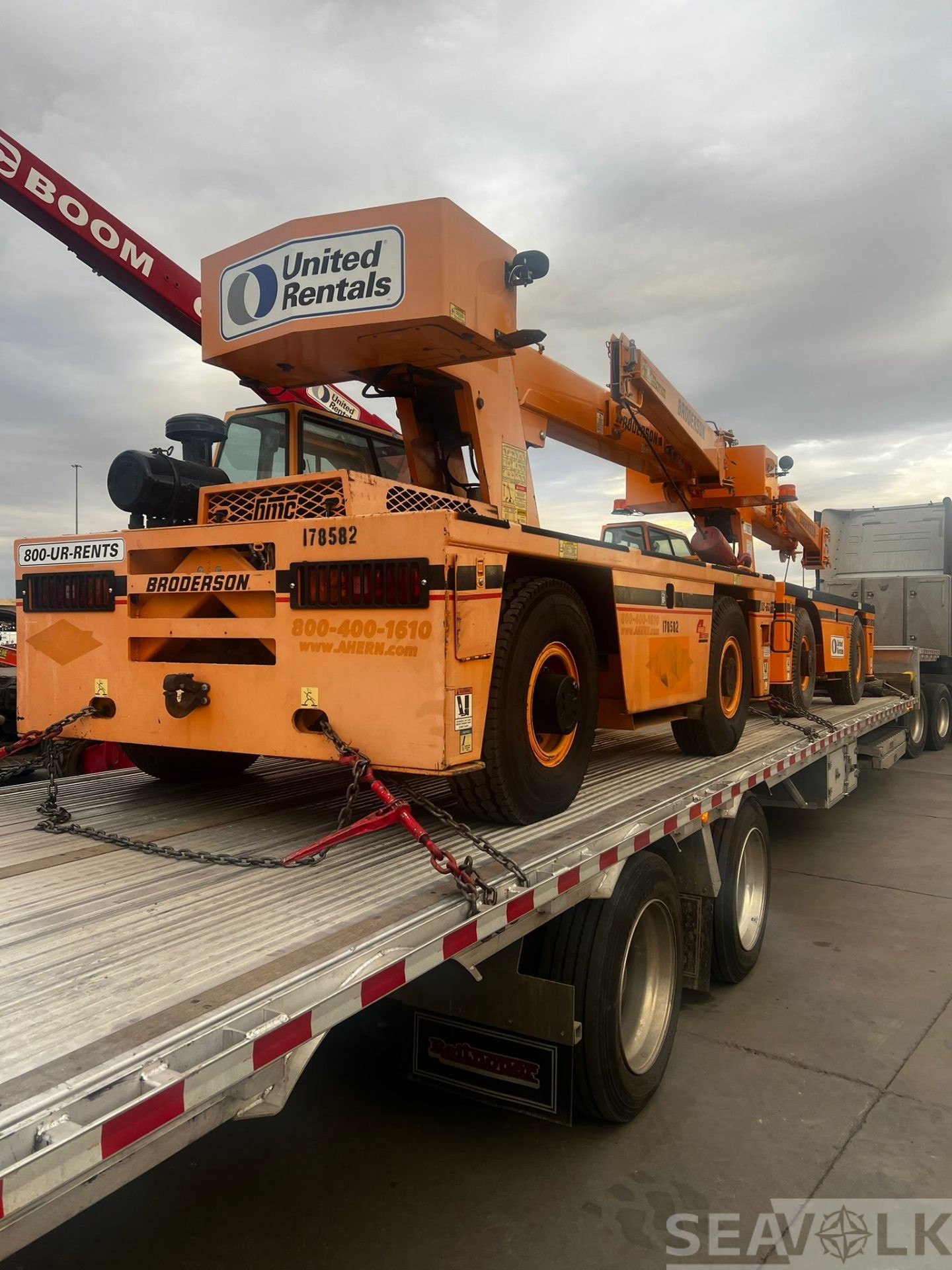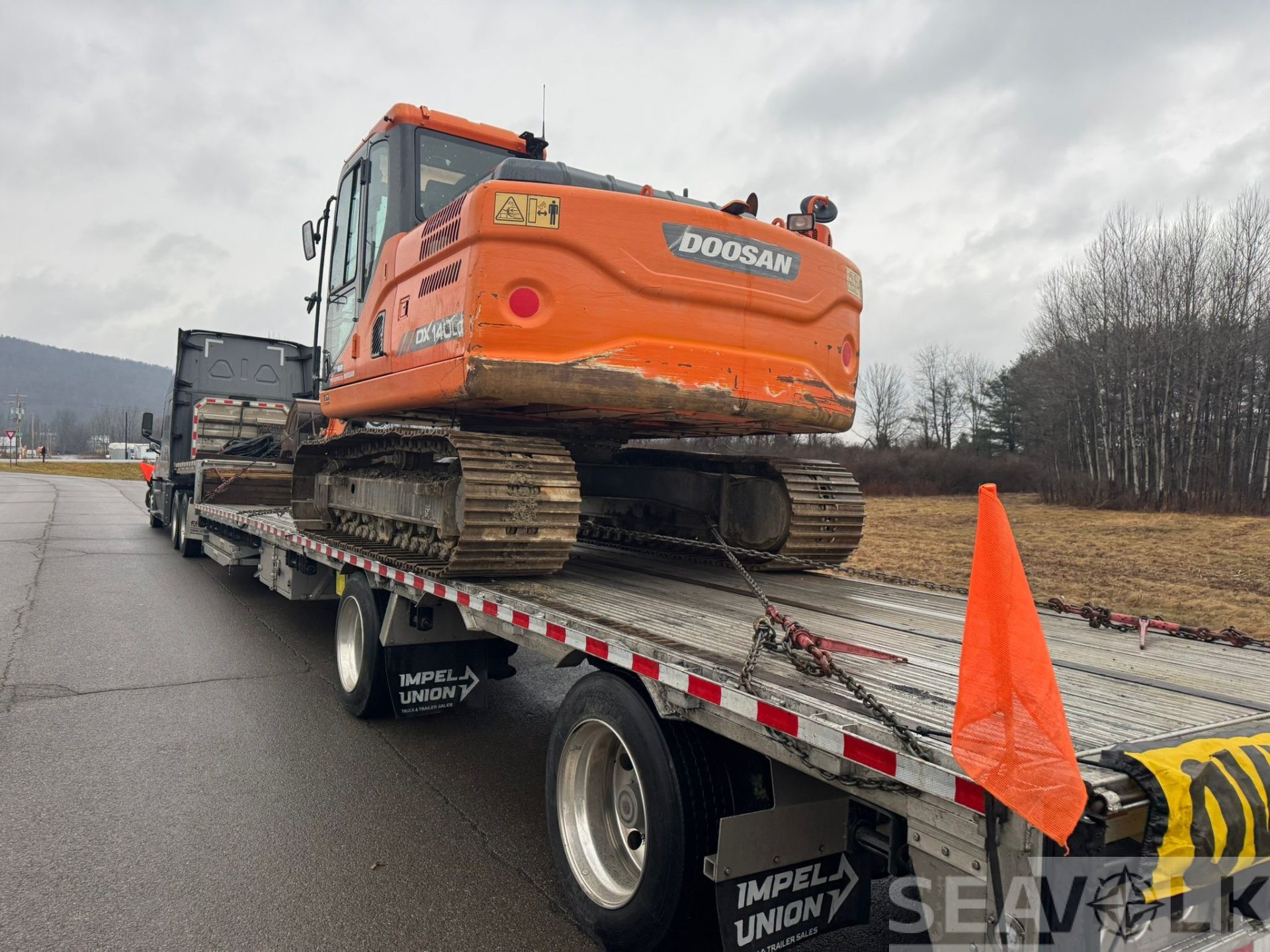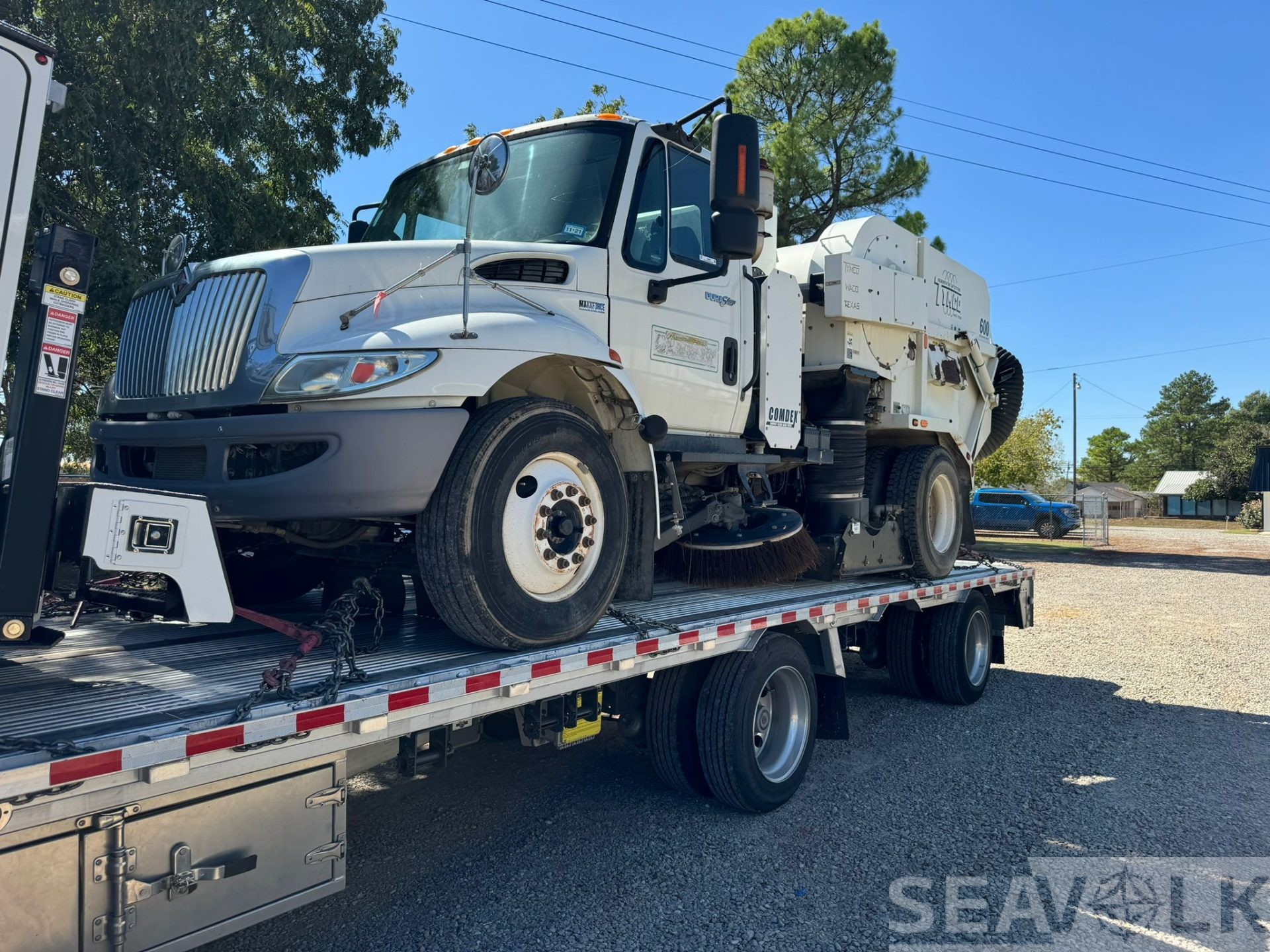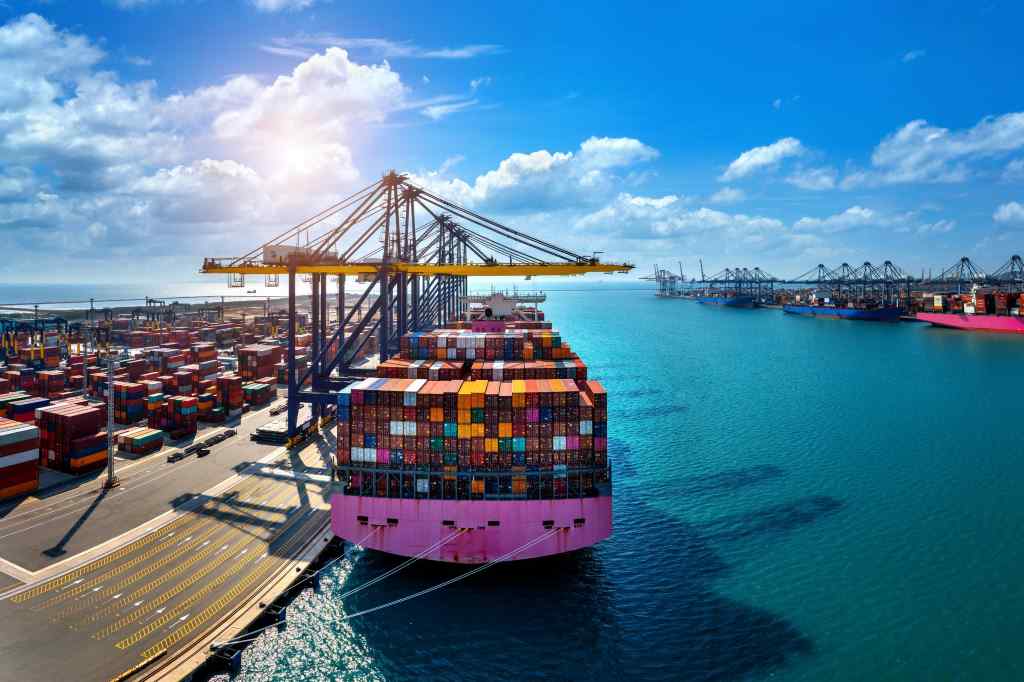Not every day you get to ship a pair of compact industrial cranes halfway across the world — but that’s exactly what we did with two used Broderson IC-80s, bound for Senegal.
These little powerhouses might be small in size, but they pack serious utility. Each Broderson IC-80 weighs around 16,000 lbs (7,250 kg), with a width of 6’6”, length just under 15 feet, and a max boom reach of about 30 feet. Designed for tight spaces and precision lifting, they’re a favorite in plants, ports, and job sites around the world — and they’re perfect for export thanks to their compact, self-propelled design.
We handled pickup from two separate U.S. locations, where the machines were loaded and transported to the Port of Houston. Given their low profile and ability to move under their own power, both cranes were prepped for Ro-Ro (Roll-on/Roll-off) shipping — no container needed, no dismantling, no fuss. That’s the beauty of sending equipment like this via Ro-Ro: minimal handling, maximum protection.
Before export, we took care of all necessary documentation, including:
-
Bill of Lading
-
Commercial Invoice & Packing List
-
EPA Non-Road Engine Exemption Form (since these were used machines)
-
Shipper’s Export Declaration
-
Power of Attorney for customs processing
The shipment went out on a Grimaldi Lines Ro-Ro vessel, heading from Houston to the Port of Dakar, Senegal’s busiest gateway for industrial equipment. We kept the client informed with real-time updates, from port staging to vessel departure and ETA on the other side.
Once in Dakar, our local partners assisted with offloading and inland delivery to the final job site. Both cranes arrived in excellent condition — ready to get to work.
Two cranes, two origins, one smooth international operation. That’s how we do it.





